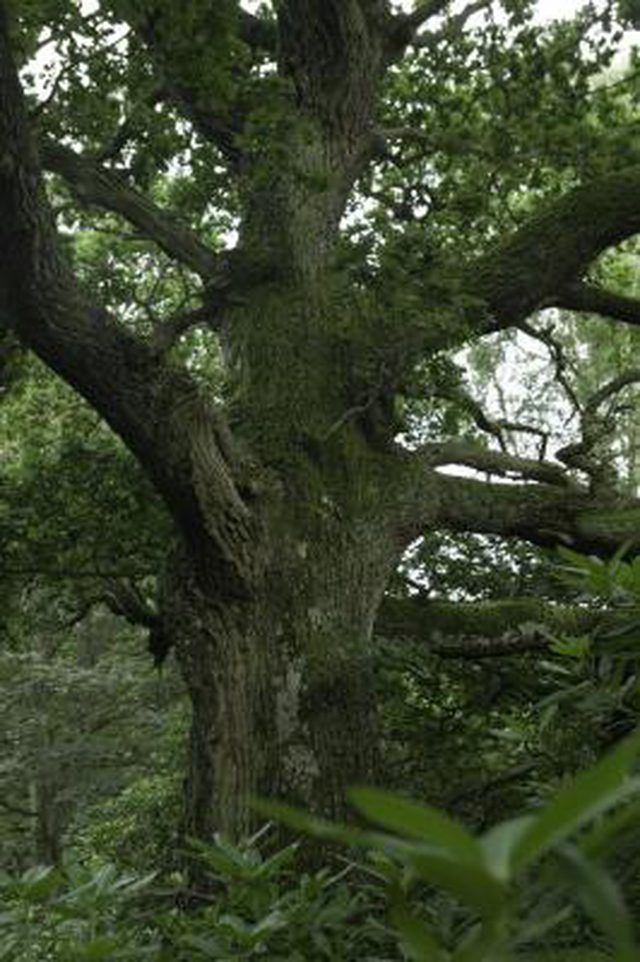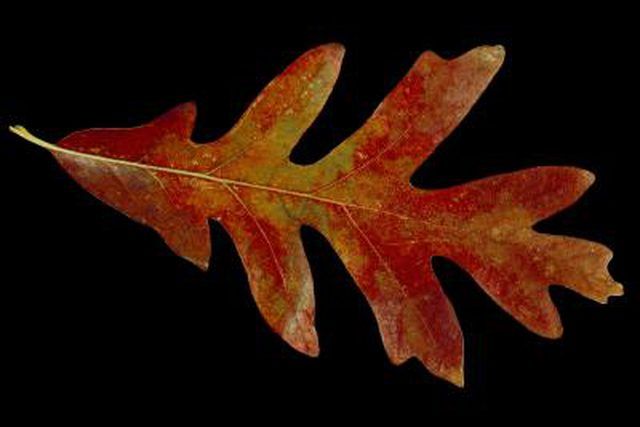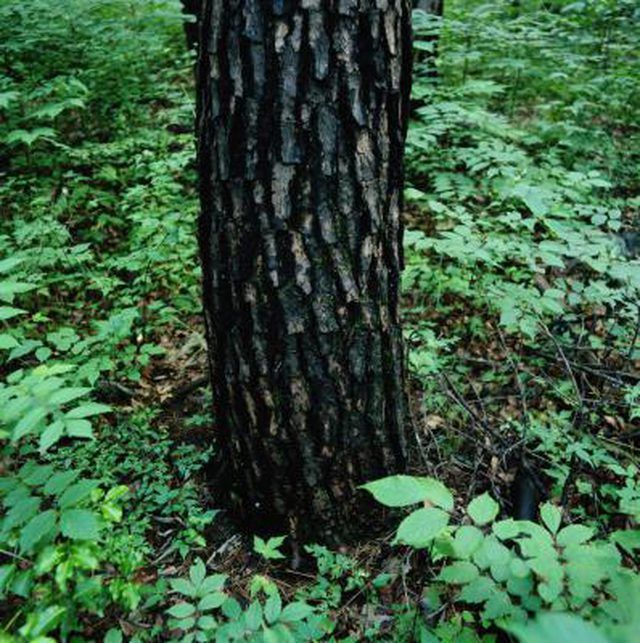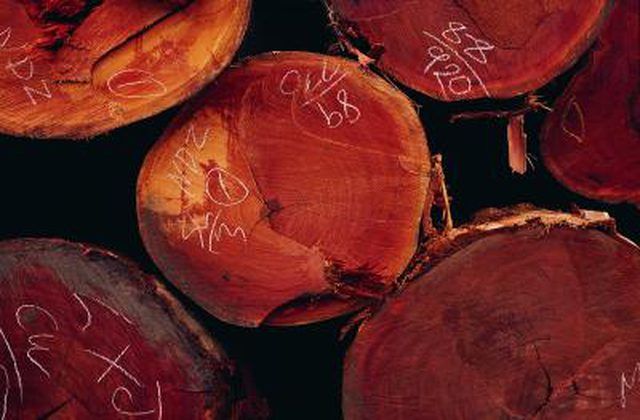Bulbs
Flower Basics
Flower Beds & Specialty Gardens
Flower Garden
Garden Furniture
Garden Gnomes
Garden Seeds
Garden Sheds
Garden Statues
Garden Tools & Supplies
Gardening Basics
Green & Organic
Groundcovers & Vines
Growing Annuals
Growing Basil
Growing Beans
Growing Berries
Growing Blueberries
Growing Cactus
Growing Corn
Growing Cotton
Growing Edibles
Growing Flowers
Growing Garlic
Growing Grapes
Growing Grass
Growing Herbs
Growing Jasmine
Growing Mint
Growing Mushrooms
Orchids
Growing Peanuts
Growing Perennials
Growing Plants
Growing Rosemary
Growing Roses
Growing Strawberries
Growing Sunflowers
Growing Thyme
Growing Tomatoes
Growing Tulips
Growing Vegetables
Herb Basics
Herb Garden
Indoor Growing
Landscaping Basics
Landscaping Patios
Landscaping Plants
Landscaping Shrubs
Landscaping Trees
Landscaping Walks & Pathways
Lawn Basics
Lawn Maintenance
Lawn Mowers
Lawn Ornaments
Lawn Planting
Lawn Tools
Outdoor Growing
Overall Landscape Planning
Pests, Weeds & Problems
Plant Basics
Rock Garden
Rose Garden
Shrubs
Soil
Specialty Gardens
Trees
Vegetable Garden
Yard Maintenance
How to Tell the Difference Between a Red Oak Tree and a White Oak
How to Tell the Difference Between a Red Oak Tree and a White Oak. Oaks are deciduous trees that produce a large canopy making them valuable as shade trees. Leaves of the red oak appear reddish when they emerge in the spring and turn varying shades of red in the fall. The white oak's leaves turn purplish-brown in the fall.
Oaks are deciduous trees that produce a large canopy making them valuable as shade trees. Leaves of the red oak appear reddish when they emerge in the spring and turn varying shades of red in the fall. The white oak's leaves turn purplish-brown in the fall.

Things You'll Need
Sodium nitrate, 10 percent
Spray bottle
Step 1
Examine the leaves on the oak tree. Although the leaves of both the white oak and the red oak are lobed, they are not identical. The white oak leaf has deep lobes that cut nearly to the center vein of the leaf. Tips are rounded and the leaf tapers on both the stem and terminal end. The red oak's leaves have shallower lobes, only about one-fourth the depth of the leaf. Tips are pointed or jagged and the leaf tapers slightly at both ends.

Step 2
Look at the acorns. Acorns from white oak trees are elongated or oval-shaped and have a bumpy, bowl-shaped cap that covers less that one-third of the acorn. The cap matures to brown, but the acorn remains greenish white. Acorns from the red oak are round and plump and have a flattened, saucer-shaped cap with overlapping scales. These acorns mature to brown.

Step 3
Investigate the bark of the tree. The bark of the white oak bark is light gray and scaly. Red oak bark, on the other hand, appears in long thin strips with red coloring underneath.

Step 4
Spray dried oak logs with a solution of 10 percent sodium nitrate to perform a color test on the wood. The solution darkens red oak slightly. When sprayed on white oak, the color changes to yellow-orange and gradually darkens to first a brownish-red then to deep green and eventually to purple or black.
